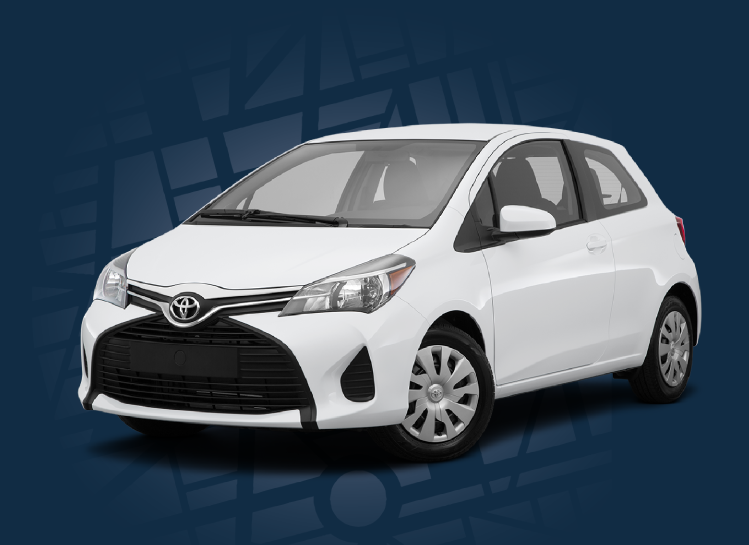What about traveling across Umbria?
This is a very frequent question, and answers will vary according to the interlocutor's viewpoint. Some people love to use their own cars so as to being able to reach any place they may spot, any village on any mountain slope. Other people would rather choose a locally-based approach by using the bus network, that allows them to follow the same rhythms as the “natives.” Still other people feel inspired by traveling by train with a knapsack on their backs – running toward the platforms, and maybe losing the train, but also having unexpected meetings and bizarre experiences that will prove a “must tell” one's friends. Last but not least, some people opt for the natural, green side of Umbria – that is surely not denied to the people of the former categories, but will be more fully enjoyed by those who ride a bicycle and follow the many dedicated routes (piste ciclabili). Whatever your inclinations may be, Umbria can meet them, treating you with unique experiences thanks to its history, traditions, culture, food flavors, the whole of it being framed by green landscapes and blue skies. And maybe, once back home, you will start to think, “Who knows what I might enjoy some next time, by choosing. . .”
Rent your car and discover Umbria in complete freedom
Do you dream of visiting enchanting, unknown places? Reach them with Kinto: book your car and drive in complete freedom among the villages and landscapes of our region

Trains and their stations
Umbria has a train network that consists of two main “bundles”: Ferrovia Centrale Umbra (FCU, the Central Umbrian train network) and Rete Ferroviaria Italiana (RFI, the national network).
FCU crosses Umbria south to north, connecting Terni in southern Umbria with Sansepolcro in Tuscany, and back.
RFI will let you travel across Umbria either north to south, via the Terontola-Orte line (respectively in Tuscany and Lazio), or eastward via the Terontola-Foligno line (respectively in Tuscany and Umbria). Moreover, the connection with the adjoining Region of Marche via the Orte-Fabriano line will let you cross Umbria in the SW-NE direction.
There also exists a Frecciarossa line, that is, super-fast trains reaching Florence, Bologna, Milan, Turin.
For further info and to buy tickets, see the Trenitalia (RFI) and Busitalia (FCU) websites.
Traveling by car
Car is the best means in order to personally discover every secret, every beautiful corner that Umbria hides with care, but reveals to those who visit its territory with eyes wide open on Marvel.
FROM NORTH
From Tuscany, you can reach Umbria by driving on the A1 Highway (popularly called Autostrada del Sole, “the Highway of the Sun”). Exiting in Valdichiana, you will find yourselves in the area of Lake Trasimeno.
From Emilia-Romagna, take the “Super Strada” called E45, that will cross whole Umbria north to south, from Città di Castello to Terni via Perugia and Todi.
FROM SOUTH
From Rome, enter the Roma Sud (South Rome) access on the A1 Highway. By exiting in Orte, it will be possible to reach most Umbrian towns, while Orvieto has its own exit.
The comfortable SS 77 way, i.e. the “Foligno - Civitanova Marche” Way, links Umbria (Foligno) with Italy's East Cost.
A network of roads, each called a Strada Statale (State Road), makes it further possible to cross Umbria obliquely from Gubbio to Amelia via Gualdo Tadino and Assisi; or from Lake Trasimeno to Norcia via Foligno and Spoleto, all in some 100 minutes.
The airport
Just 12 kilometers (7.5 miles) from downtown Perugia, and 15 kilometers (9 miles) from Assisi, is the International “San Francesco di Assisi” Airport, obviously named after Saint Francis. Embedded in the Umbrian countryside and designed by a famous architect, Gae Aulenti, this small but useful airport offers both national and international flights. Many links are especially provided with Southern Italy.
For info and updates, see the official website.
Buses
Umbria is crossed by a widespread bus network, connecting the main towns and even lesser villages. A wonderful means to reach places where the trains cannot go.
The timetables, for both the city lines and out-of-town lines, can be seen in the Busitalia website.
Minimetrò (Perugia)
The so-called Minimetrò – a mix of underground train and cable car – in Perugia makes seven stops between Pian di Massiano, a suburban area with a vast and free parking lot, and the Pincetto, a small park whence downtown can be reached in few minutes on foot.
This “underground,” running along a steel rail, does pass through underground tunnels, but also flyover tracts. Its eye-catching red cabs will arrive more or less every minute, and can accommodate up to 50 people (now however less than that, due to anti-COVID policies). One of its stops is at the Fontivegge train station.
The Minimetrò is actually a unique means of transport, though people in Perugia have mixed feelings toward it – it is indeed a very useful resource, but some rules adopted, e.g. the timetable (usually not after 9 p.m.), makes it not as successful as it might be.